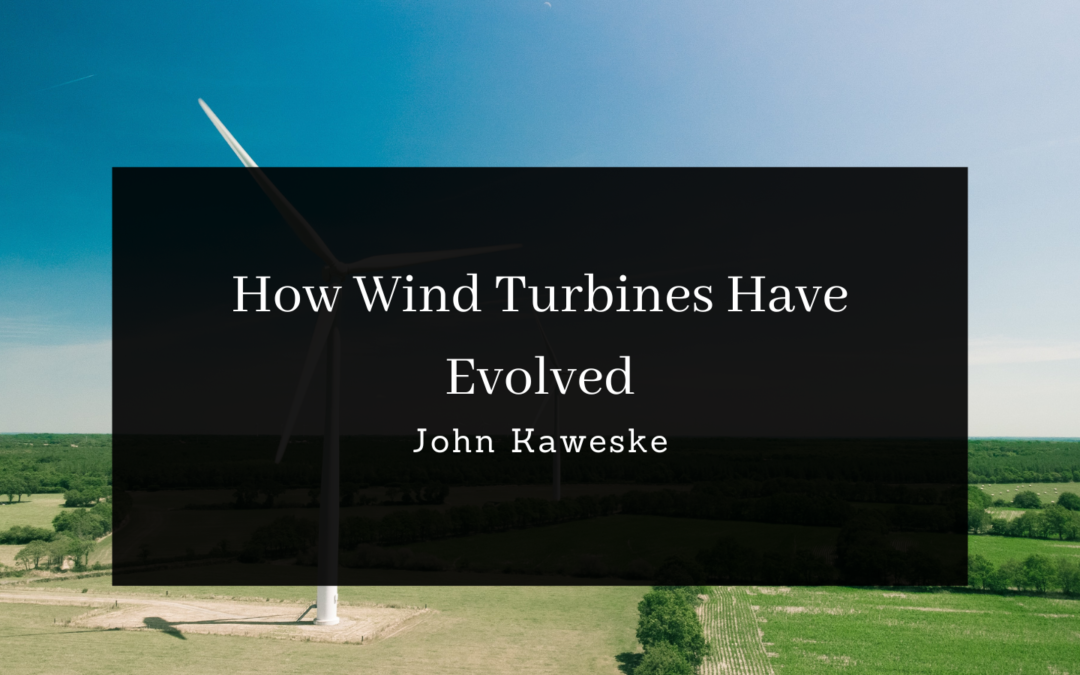Over the millennia, humans have been using the wind to power various objects. In the 1st century AD, mathematician and engineer Heron of Alexandria created a windwheel, which he then used to make “flute-like noises.”
Wind power disappeared in the 7th century AD when we came across windmills in Iran that were used to pump water and grind flour. The discovery of electricity during the 1700s was the next significant development in our story.
In 1887, James Blyth became the first person to create a wind turbine that could power a house. His wind turbine was placed in the garden of a holiday cottage in Kincardine, Scotland. It was able to provide the electricity for the cottage’s lighting.
In July 1887, James Blyth built the first wind-powered structure in Scotland. His wind turbine, which measures 10 meters tall, was placed in his holiday cottage’s garden and was able to power the cottage’s lights. It was the first home in the world to benefit from wind power.
Blyth had offered the residents of Marykirk surplus electricity to light their main street, but they refused to accept it due to their belief that it was “the devil’s work.” In response, he built a wind turbine that was able to provide emergency power to an asylum in nearby Montrose.
Danish inventor and scientist Poul la Cour was a significant figure in the development of wind power. He was able to demonstrate the efficiency of wind turbines by designing them with fewer blades. He also discovered that regulators could be utilized to ensure that the energy supply was stable.
The 20th Century
During the 20th century, various companies and individuals started developing wind power technology at a utility-level level. The rapid pace of development was due to the combination of government incentives and material science. In the 1970s, the first commercial wind farms were established.
Cost of wind turbines
Offshore wind turbines are significantly more expensive than those installed onshore due to their logistics and challenges. The cost of producing 1 megawatt of electricity is computed by taking into account all of the capital expenditures involved.
The cost of producing 1 MW of electricity from onshore wind farms was £1.61 million in 2016-19. On the other hand, the cost of producing 1 MW of electricity from offshore wind farms was £4.49 million in 2016-19.
Size of wind turbines
The latest models from GE are known as the Haliade X-13 and the V236-15.0 MW. These wind turbines have 220-meter rotor blades and are capable of producing power at a rate of over 107 meters per blade. According to the company, the new models are designed to deliver industry-leading performance.
The future
Due to the increasing number of projects being developed offshore, the future of the wind power industry is secure. There are currently several areas of potential growth that can be addressed in the coming years.

